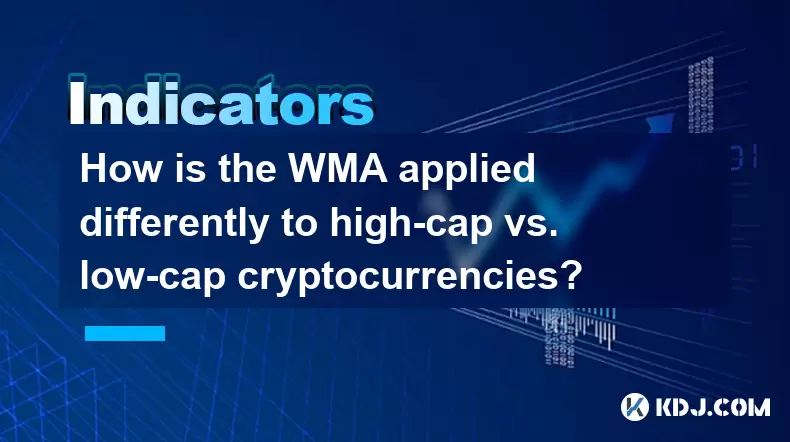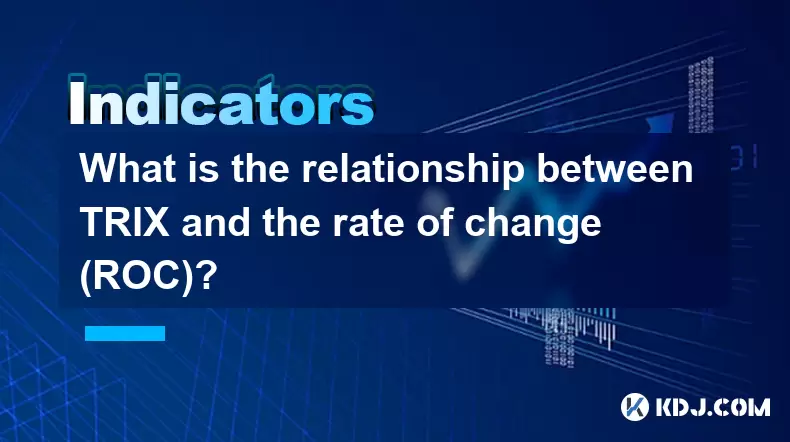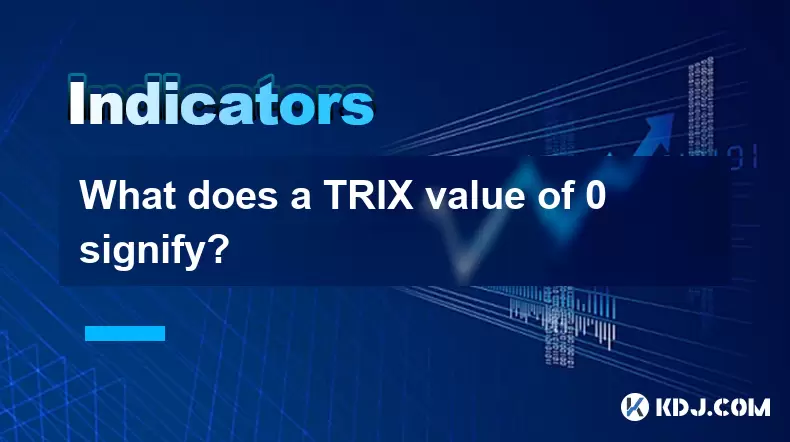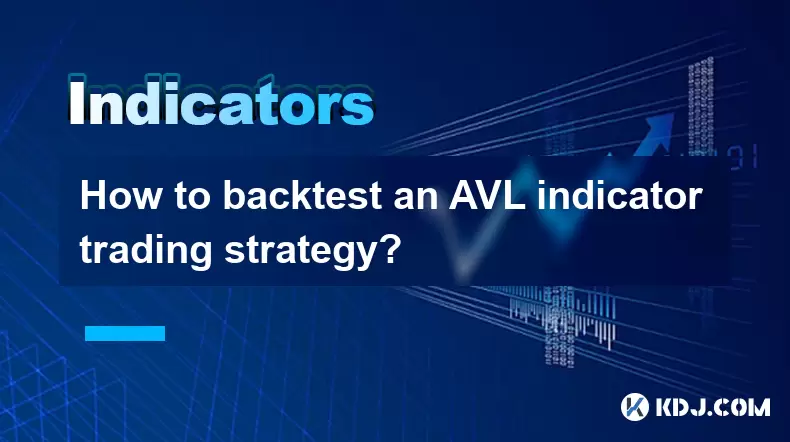-
 Bitcoin
Bitcoin $117700
-0.03% -
 Ethereum
Ethereum $3805
0.49% -
 XRP
XRP $3.098
-1.00% -
 Tether USDt
Tether USDt $1.000
0.03% -
 BNB
BNB $792.8
-1.72% -
 Solana
Solana $177.9
-1.95% -
 USDC
USDC $1.000
0.02% -
 Dogecoin
Dogecoin $0.2202
-1.55% -
 TRON
TRON $0.3278
-2.92% -
 Cardano
Cardano $0.7641
-2.43% -
 Hyperliquid
Hyperliquid $42.21
-2.68% -
 Sui
Sui $3.758
-1.58% -
 Stellar
Stellar $0.4080
-3.21% -
 Chainlink
Chainlink $17.75
-0.33% -
 Bitcoin Cash
Bitcoin Cash $591.8
4.96% -
 Hedera
Hedera $0.2561
-3.09% -
 Avalanche
Avalanche $23.34
-4.24% -
 Litecoin
Litecoin $110.7
1.96% -
 UNUS SED LEO
UNUS SED LEO $8.956
-0.01% -
 Toncoin
Toncoin $3.410
0.79% -
 Ethena USDe
Ethena USDe $1.001
0.03% -
 Shiba Inu
Shiba Inu $0.00001288
-1.82% -
 Uniswap
Uniswap $10.07
-2.06% -
 Polkadot
Polkadot $3.807
-2.27% -
 Monero
Monero $308.2
-2.15% -
 Dai
Dai $1.000
0.03% -
 Bitget Token
Bitget Token $4.521
-0.30% -
 Pepe
Pepe $0.00001134
-1.52% -
 Cronos
Cronos $0.1457
0.65% -
 Aave
Aave $274.9
-2.47%
How is the WMA applied differently to high-cap vs. low-cap cryptocurrencies?
The Weighted Moving Average (WMA) is more responsive to price changes than SMA, making it useful for spotting trends in high-cap cryptos like BTC and ETH, where shorter periods (9–14 days) work best due to lower volatility and higher liquidity.
Jul 30, 2025 at 07:08 pm

Understanding the Weighted Moving Average (WMA) in Cryptocurrency Analysis
The Weighted Moving Average (WMA) is a technical indicator used to analyze price trends by assigning greater importance to recent data points. Unlike the Simple Moving Average (SMA), which treats all prices equally over a given period, the WMA emphasizes recent price movements, making it more responsive to new information. This responsiveness is particularly valuable in the fast-moving cryptocurrency market, where sentiment and volatility can shift rapidly. The calculation of WMA involves multiplying each price in the data set by a weighting factor, with the most recent price receiving the highest weight, and then summing these values before dividing by the sum of the weights.
For example, in a 5-day WMA, today’s price is multiplied by 5, yesterday’s by 4, and so on, down to the fifth day, which is multiplied by 1. The total is then divided by the sum of the weights (5+4+3+2+1 = 15). This formula ensures that short-term price changes have a more immediate impact on the indicator, allowing traders to react more quickly to potential trend shifts.
Volatility Characteristics of High-Cap Cryptocurrencies
High-cap cryptocurrencies such as Bitcoin (BTC) and Ethereum (ETH) generally exhibit lower volatility compared to their low-cap counterparts. These assets benefit from larger market participation, deeper liquidity, and more stable trading volumes. As a result, their price movements tend to be smoother and less prone to sudden spikes or drops caused by isolated trades or news events.
When applying the WMA to high-cap cryptos, traders often use shorter timeframes—such as a 9-day or 14-day WMA—because the reduced noise in price data allows for reliable signal generation without excessive false alarms. The WMA’s sensitivity to recent prices helps identify trend continuations or reversals in these established markets. For instance, a bullish crossover—where the price moves above the WMA—can signal the start of an upward trend, especially when confirmed by volume and other indicators.
Because high-cap assets are less influenced by manipulation or whale movements, the WMA tends to produce more consistent and trustworthy signals. Traders may also layer the WMA with other tools like RSI or MACD to enhance accuracy, particularly in ranging markets where trend signals can be ambiguous.
Challenges in Applying WMA to Low-Cap Cryptocurrencies
Low-cap cryptocurrencies, often referred to as altcoins or micro-cap tokens, are characterized by high volatility, low liquidity, and susceptibility to market manipulation. These factors significantly impact the effectiveness of technical indicators like the WMA. Due to thin order books, a single large trade can cause sharp price swings that distort the WMA, leading to misleading signals.
In such environments, the WMA’s emphasis on recent prices can become a liability. A sudden pump or dump may cause the WMA to generate a false buy or sell signal that quickly reverses as the market corrects. For example, a low-cap token might spike 30% in an hour due to a coordinated buy, pulling the WMA sharply upward. However, without sustained demand, the price collapses, invalidating the trend signal.
To mitigate these risks, traders analyzing low-cap cryptos may adjust the WMA by using longer periods, such as a 20-day or 30-day WMA, to smooth out erratic movements. Alternatively, they might combine the WMA with volume analysis to confirm whether price changes are supported by genuine trading activity. Without such precautions, relying solely on the WMA can result in frequent whipsaws and losses.
Customizing WMA Parameters Based on Market Capitalization
The optimal WMA settings vary significantly between high-cap and low-cap cryptocurrencies due to differences in market dynamics. For high-cap assets, the following configuration is commonly effective:
- Use a shorter period WMA, such as 7 to 14 days, to capture timely trend changes.
- Apply the WMA on higher timeframes (e.g., 4-hour or daily charts) to reduce noise.
- Combine with volume indicators to validate breakouts or breakdowns.
For low-cap cryptos, adjustments are necessary to account for erratic behavior:
- Opt for a longer WMA period, such as 20 to 30 days, to filter out short-term volatility.
- Avoid relying on WMA crossovers alone; instead, wait for confluence with support/resistance levels.
- Monitor on-chain data or social sentiment to assess whether price moves are sustainable.
Some traders use multiple WMAs simultaneously—such as a fast (10-day) and slow (30-day) WMA—to identify crossovers while minimizing false signals in volatile markets. This dual-WMA approach helps distinguish between temporary fluctuations and genuine trend shifts.
Practical Steps to Apply WMA on Trading Platforms
To implement the WMA effectively across different cryptocurrency tiers, follow these detailed steps on a platform like TradingView or Binance:
- Navigate to the chart of the desired cryptocurrency.
- Click on the “Indicators” button and search for “Weighted Moving Average.”
- Select the WMA and configure the period: 14 for high-cap, 30 for low-cap.
- Adjust the color and line thickness for clarity (e.g., green for high-cap, red for low-cap).
- Overlay volume and consider adding a second WMA for crossover analysis.
- Save the template for reuse across similar assets.
When analyzing signals, always check the broader context. For high-cap coins, a WMA crossover during high trading volume may indicate a strong trend. For low-cap tokens, the same signal without volume confirmation should be treated with skepticism. Backtesting the WMA strategy on historical data for specific coins can further refine parameter selection.
Role of Liquidity and Trading Volume in WMA Interpretation
Liquidity plays a crucial role in how the WMA should be interpreted. High-liquidity markets like BTC/USDT have tight bid-ask spreads and minimal slippage, meaning price data fed into the WMA is accurate and representative of true market value. In contrast, low-liquidity pairs may have delayed or distorted price feeds, especially on smaller exchanges.
Traders should prioritize using the WMA on major exchanges with high trading volume. Cross-referencing WMA signals with order book depth and trade history can reveal whether a price move is organic or artificial. For instance, if the WMA suggests a buy signal but the order book shows minimal buy-side depth, the signal may lack conviction.
Additionally, sudden volume spikes in low-cap coins can temporarily inflate the WMA’s responsiveness. To counter this, traders can use volume-weighted WMA variants or apply filters that only consider candles with volume above a certain threshold.
Frequently Asked Questions
Can the WMA be used on intraday charts for low-cap cryptos?
Yes, but with caution. Intraday charts (e.g., 5-minute or 15-minute) amplify noise in low-cap assets. If using WMA on such timeframes, combine it with volatility filters like Bollinger Bands and avoid trading solely based on WMA crossovers.
Is the WMA more effective than the EMA for high-cap cryptos?
The Exponential Moving Average (EMA) also prioritizes recent prices but uses a smoothing factor rather than linear weights. In practice, both perform similarly on high-cap cryptos, though WMA may react slightly faster due to its linear weighting scheme.
How do I adjust WMA settings during major news events?
During high-impact events (e.g., Fed announcements or exchange hacks), consider temporarily extending the WMA period to avoid overreacting to short-term volatility. Resume original settings once market conditions stabilize.
Should I use different WMAs for different low-cap sectors (e.g., DeFi vs. gaming)?
Sector-specific behavior can influence WMA effectiveness. For instance, gaming tokens may exhibit more speculative pumps, requiring longer WMAs. Always test settings on historical data specific to the sector and token.
Disclaimer:info@kdj.com
The information provided is not trading advice. kdj.com does not assume any responsibility for any investments made based on the information provided in this article. Cryptocurrencies are highly volatile and it is highly recommended that you invest with caution after thorough research!
If you believe that the content used on this website infringes your copyright, please contact us immediately (info@kdj.com) and we will delete it promptly.
- XRP, AI, and Price Projections: Decoding the Crypto Future
- 2025-07-31 15:10:13
- XRP Investment: Expert Opinions and the Potential for Explosive Growth
- 2025-07-31 15:15:12
- XRP Price: Whale Buys and Token Scoops—What's Next?
- 2025-07-31 15:30:12
- Imagen Network, RLUSD Payments, and Decentralized Applications: A New Era of Web3?
- 2025-07-31 14:30:12
- Meme Coins: Buy and Hold for the Long Term? Decoding the Hype
- 2025-07-31 14:30:12
- XRP Analyst's Market Outlook: Boom or Bust in the Crypto Wild West?
- 2025-07-31 15:35:19
Related knowledge

What is the relationship between TRIX and the rate of change (ROC)?
Jul 31,2025 at 03:14pm
Understanding TRIX and Its Core MechanismTRIX, or the Triple Exponential Average, is a momentum oscillator used in technical analysis to identify over...

What does a TRIX value of 0 signify?
Jul 31,2025 at 02:21pm
Understanding the TRIX Indicator in Cryptocurrency TradingThe TRIX (Triple Exponential Average) indicator is a momentum oscillator used in technical a...

How to use the AVL indicator to confirm a trend?
Jul 31,2025 at 10:25am
Understanding the AVL Indicator and Its ComponentsThe AVL indicator, also known as the Accumulation Volume Line, is a technical analysis tool that com...

How does volume affect the AVL indicator?
Jul 31,2025 at 11:23am
Understanding the AVL Indicator and Its Core ComponentsThe AVL indicator, short for Accumulation Volume Line, is a technical analysis tool used primar...

How to backtest an AVL indicator trading strategy?
Jul 31,2025 at 01:07pm
Understanding the AVL Indicator and Its Role in TradingThe AVL indicator, also known as the Accumulation Volume Line, is a technical analysis tool tha...

How to use the AVL indicator with MACD for better signals?
Jul 31,2025 at 09:22am
Understanding the AVL Indicator and Its Role in Cryptocurrency TradingThe AVL indicator, also known as the Accumulation Volume Line, is a volume-based...

What is the relationship between TRIX and the rate of change (ROC)?
Jul 31,2025 at 03:14pm
Understanding TRIX and Its Core MechanismTRIX, or the Triple Exponential Average, is a momentum oscillator used in technical analysis to identify over...

What does a TRIX value of 0 signify?
Jul 31,2025 at 02:21pm
Understanding the TRIX Indicator in Cryptocurrency TradingThe TRIX (Triple Exponential Average) indicator is a momentum oscillator used in technical a...

How to use the AVL indicator to confirm a trend?
Jul 31,2025 at 10:25am
Understanding the AVL Indicator and Its ComponentsThe AVL indicator, also known as the Accumulation Volume Line, is a technical analysis tool that com...

How does volume affect the AVL indicator?
Jul 31,2025 at 11:23am
Understanding the AVL Indicator and Its Core ComponentsThe AVL indicator, short for Accumulation Volume Line, is a technical analysis tool used primar...

How to backtest an AVL indicator trading strategy?
Jul 31,2025 at 01:07pm
Understanding the AVL Indicator and Its Role in TradingThe AVL indicator, also known as the Accumulation Volume Line, is a technical analysis tool tha...

How to use the AVL indicator with MACD for better signals?
Jul 31,2025 at 09:22am
Understanding the AVL Indicator and Its Role in Cryptocurrency TradingThe AVL indicator, also known as the Accumulation Volume Line, is a volume-based...
See all articles

























































































